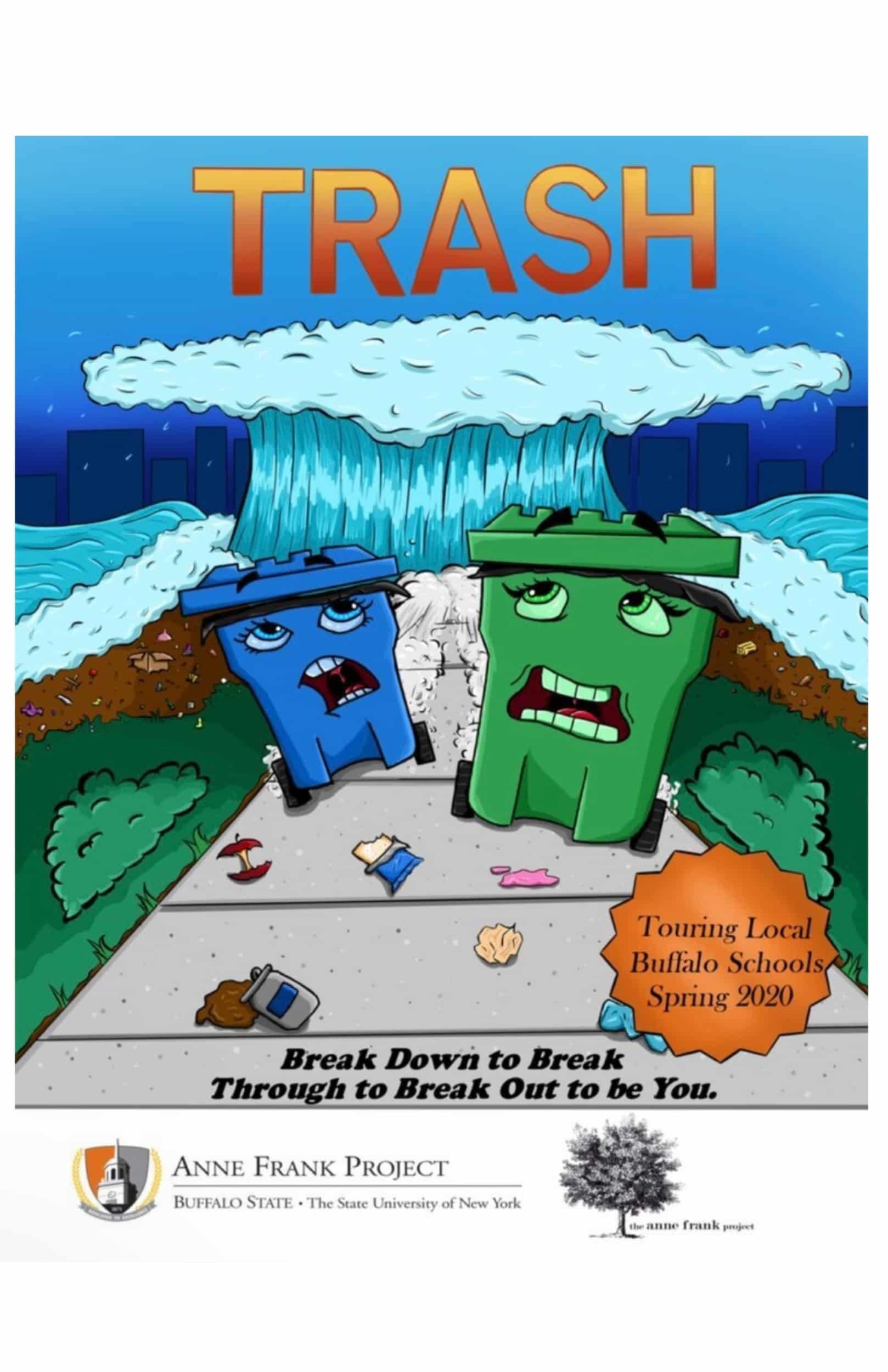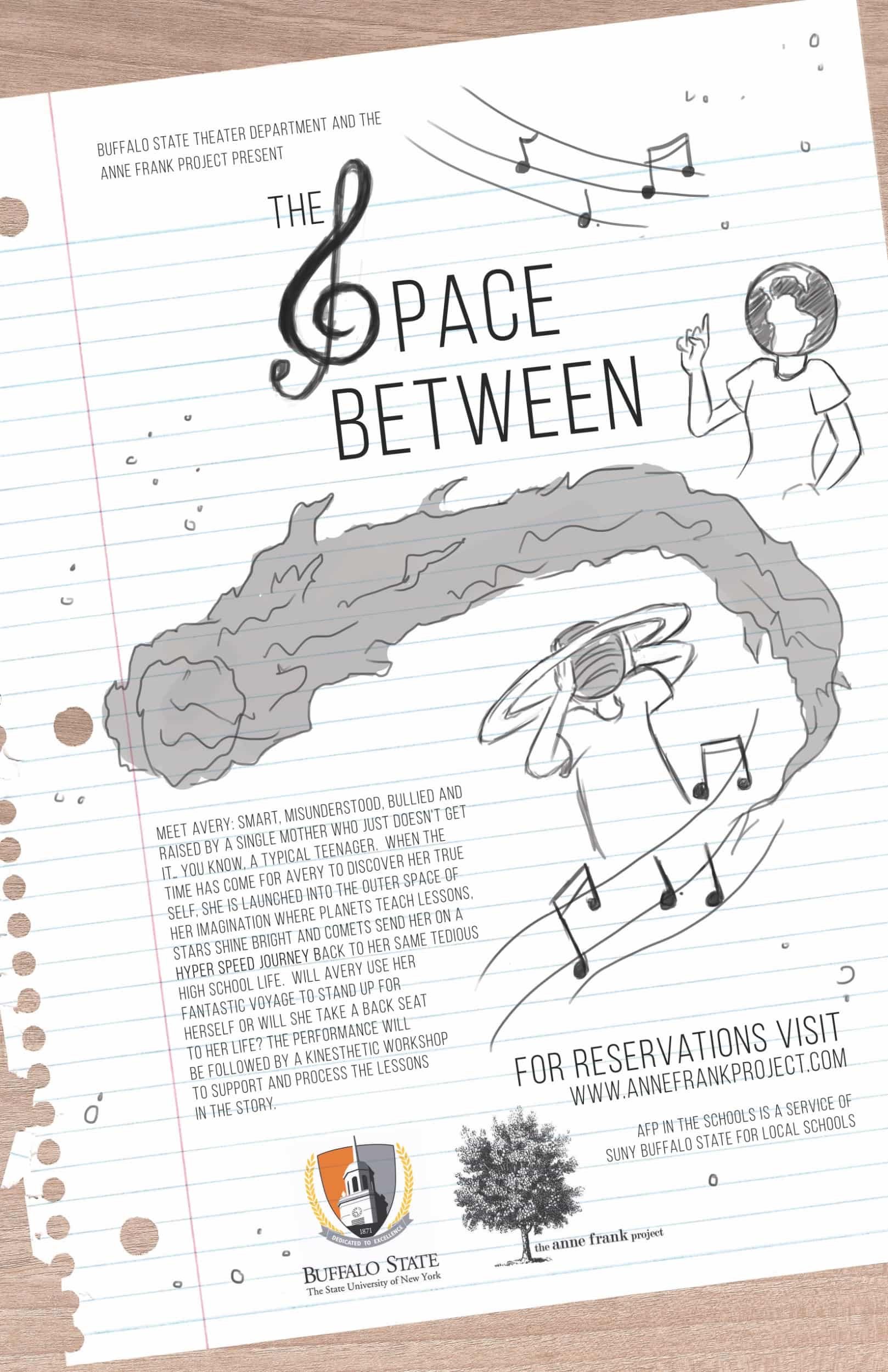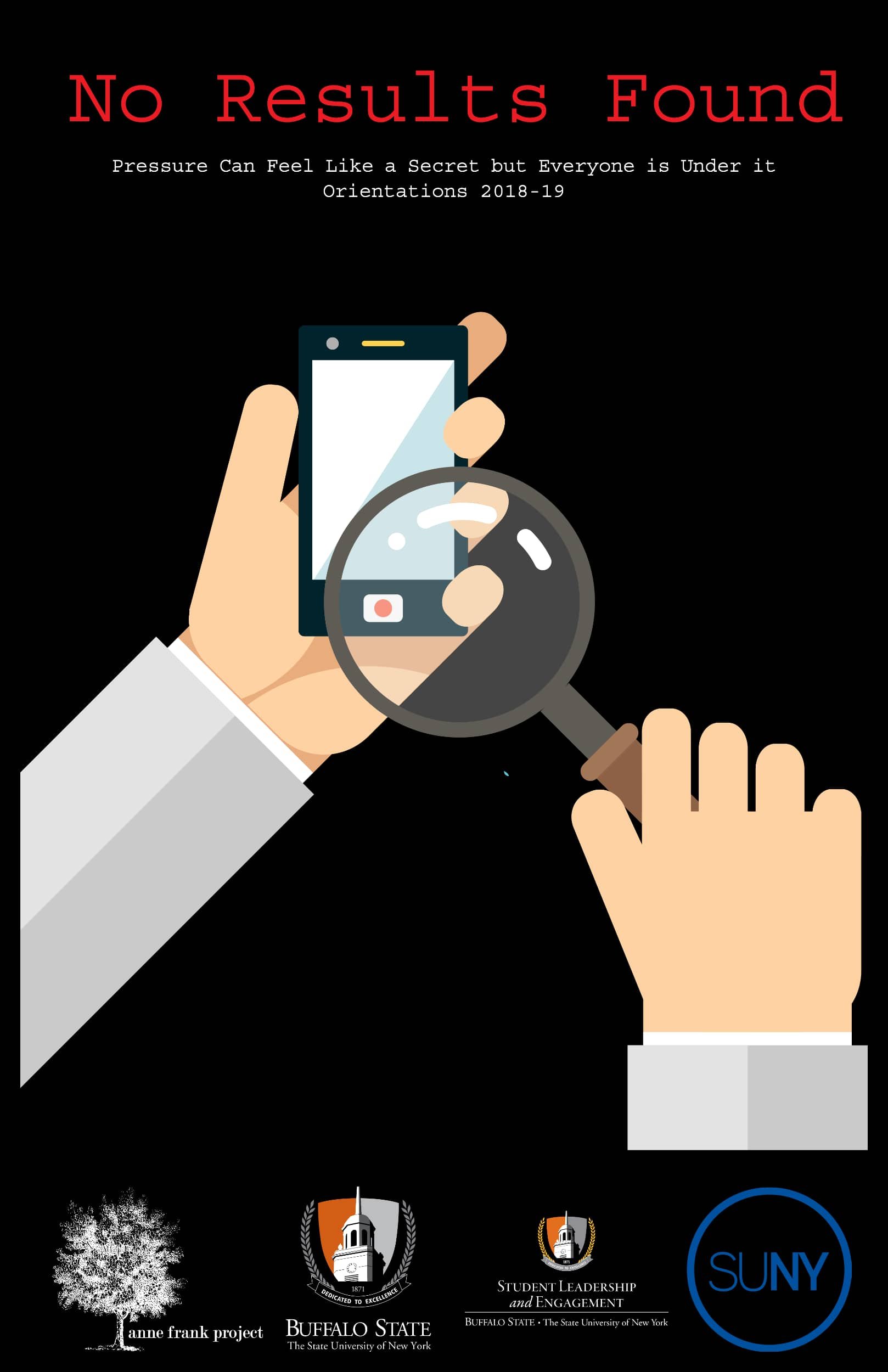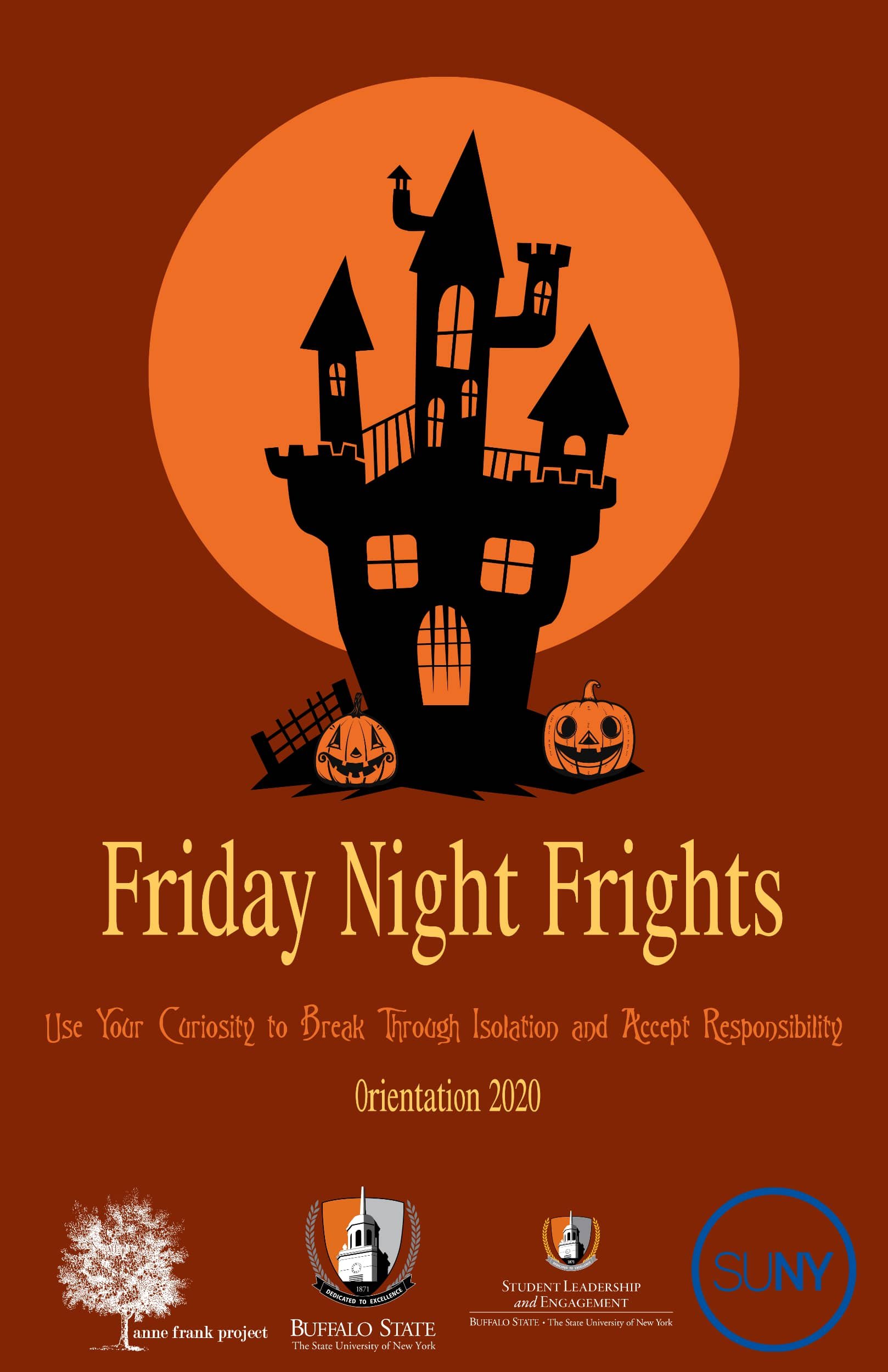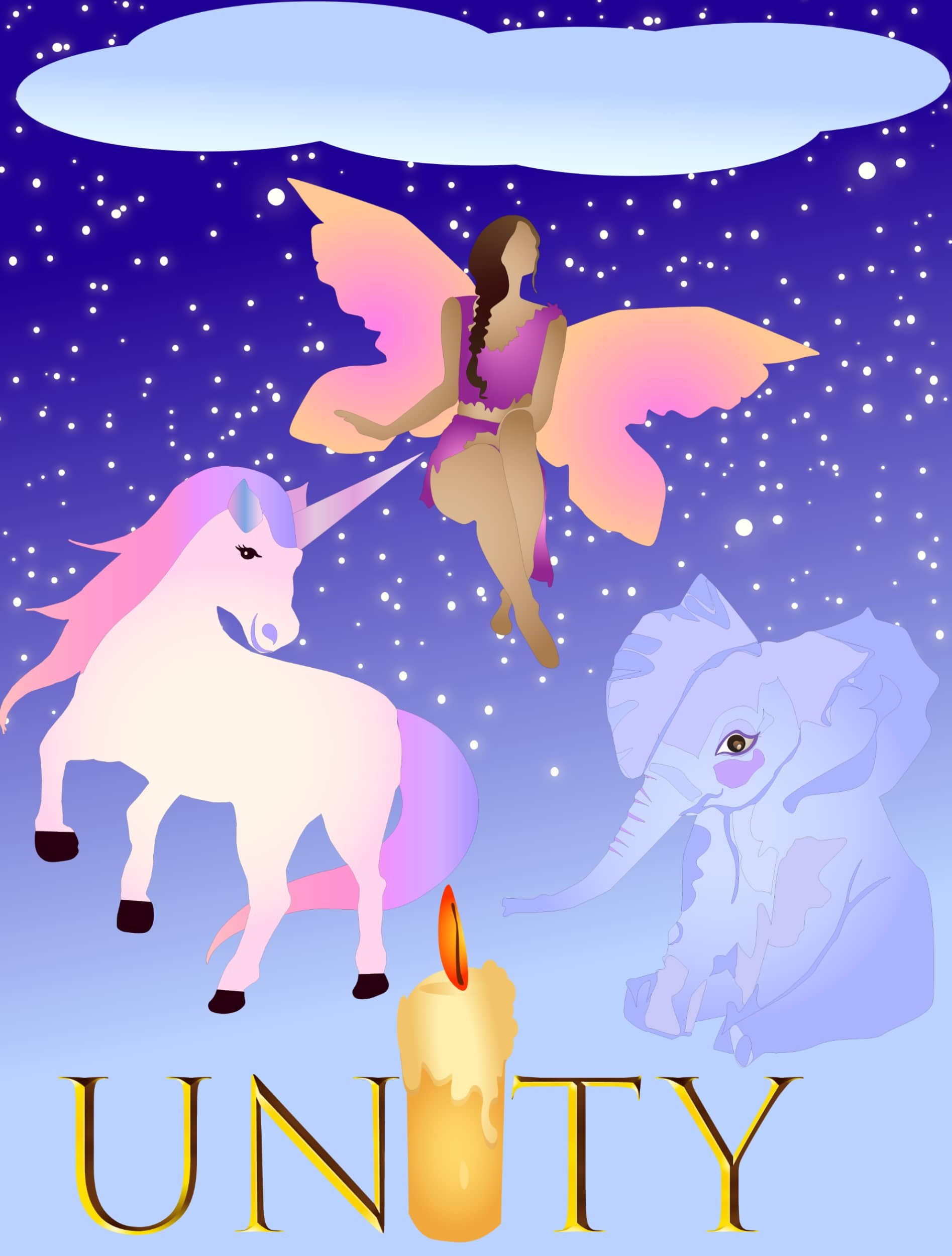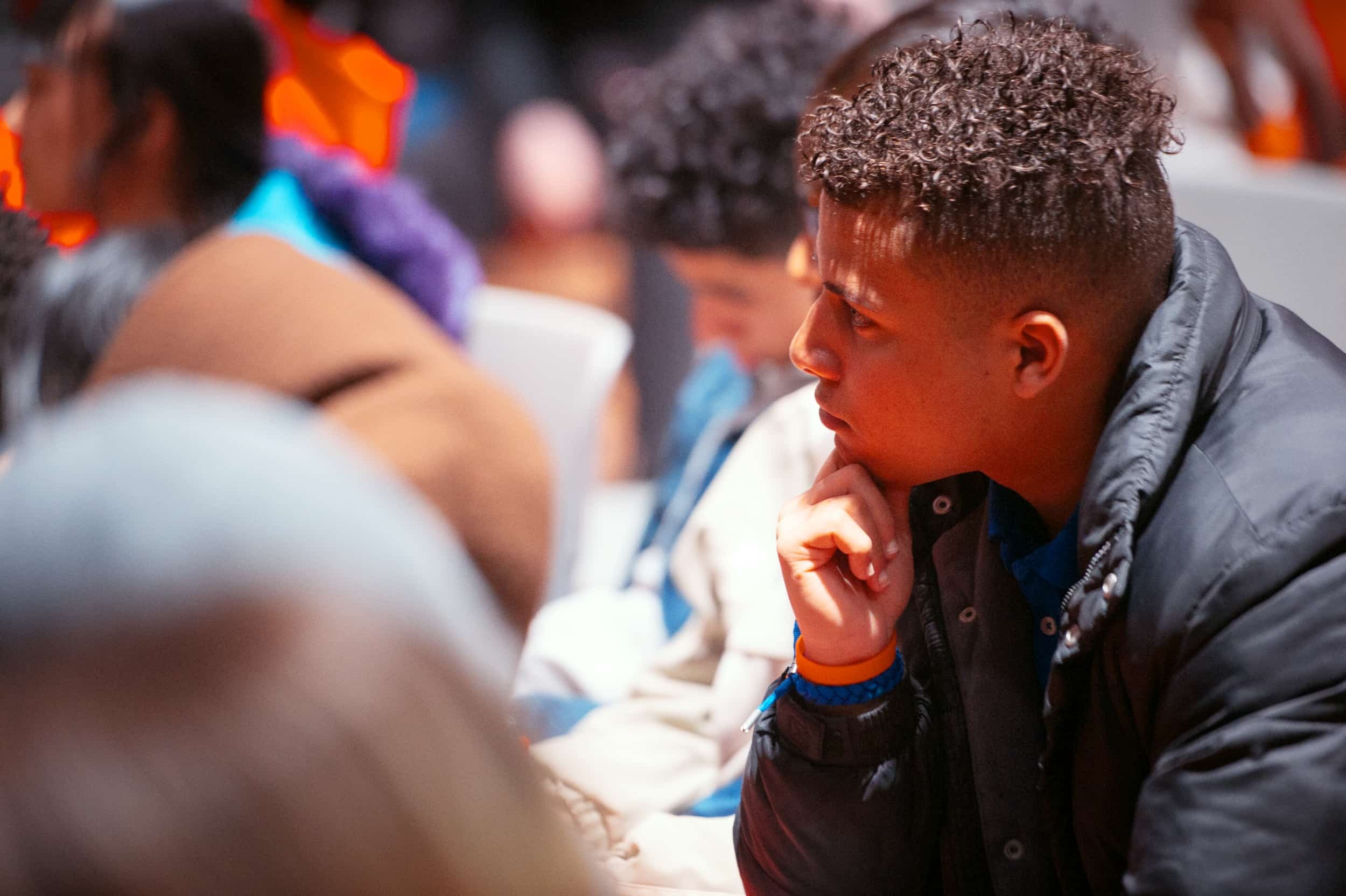
Resources
We’ve compiled a resource library to help you learn more about Story-Based Learning, Social Justice and Genocide Education, and the original works of the Anne Frank Project.
STORY-BASED LEARNING
Story Building: A Practical Guide for Bringing the Power of Stories into Classrooms and Communities represents over 30 years of teaching-through-story experiences of Professor Kahn, his students, and colleagues from around the globe. Originating in educational and professional theater, Professor Kahn brings valuable lessons out from rehearsal studios and into schools, classrooms, businesses and community organizations. Story Building assumes everyone matters, their stories matter, and that each of us has the responsibility to surface, develop and share our stories. This is how we improve our world… one story at a time.
AVAILABLE FROM:
All Story Building proceeds go directly to Rwanda Student Scholarship Fund, helping to make student travel to Rwanda possible.
-
The Anne Frank Project
YOUTUBE CHANNEL
Check out past and current videos from our workshops, trainings, courses, and plays.
-
Story-Based Learning Overview
FOR TEACHERS
Download a summary of the process, theories, and language behind our Story-Based Learning work.
-
Selected Resources
FOR TEACHERS
Expand your knowledge and unpack research, examples, and inspirations supporting our work. We add to these resources regularly.
GENOCIDE & CONFLICT EDUCATION
PLAYS
The Anne Frank Project makes their original scripts available as tools for teachers to use in the classroom or for performances in their schools to empower student story-building.
All performances are developed and performed by students in the THA 470 Ensemble Theater course at SUNY Buffalo State University, taught by Professor Drew Kahn, the Anne Frank Project Director. The course is a designated Civic and Community Engagement course. We are proud to partner with Buffalo State's Theater Department to teach students how to devise new plays and engage them in community-building efforts on and off campus.
Click each of the buttons below to download a PDF summary of the play and a preview of its initial scenes. If you’d like to receive a full script for in-class lessons or in-school performances, please contact Professor Kahn directly via email at kahnaj@buffalostate.edu.
Orientation Plays
Check out our student created plays for Buffalo State’s Orientation programming.
Testimonials









